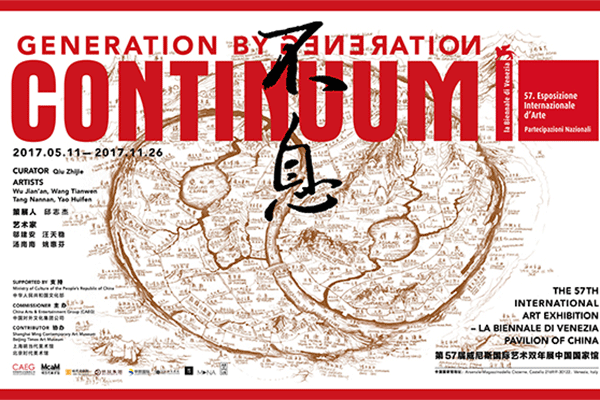Venice Biennale
I. About Venice Biennale
La Biennale di Venezia, or the Venice Biennale, dates back to 1895, and is today one of the world’s most important art exhibitions, with each of its sessions showing developments in the frontier fields of contemporary arts and indicating the trends of future development. It is also one of the most important platforms that present the world’s most active and longest-lasting art production and thinking.
In addition to the “historical” sections set up in the early years, which are visual arts, music, cinema and theater, since the 1970s, the Venice Biennale has paid special attention to the development of the world’s architectural art. In 1980, the architecture section of the Biennale, or the International Architecture Exhibition, was launched and has since been held in alternate years to the Art Biennale. Thanks to the Art Biennale’s influence and attractiveness, the Architecture Biennale, with a history of more than 30 years, has become a model and yardstick for similar architecture exhibitions in the world and represents the exploration into future values by architects from all over the world.
II. Venice Biennale and China
The Venice Biennale is renowned for its avant-garde experimentation, and its organizers have always sought to develop new forms of experimental arts.
China received the first invitation from the Venice Biennale in 1980. However, with limited knowledge on western arts, the country only sent some embroidery works to the exhibition and then paper cuts in 1982, both of which represented the creativity of the original Chinese folk arts but did not to meet the requirements of the Venice Biennale. Hence, organizers ceased to invite China again. In the early 1990s, some Chinese artists were invited to the exhibition as individual participators.
China decided to return to the show in 2003, with a China Pavilion planned for the 50th Venice Biennale. Unfortunately, due to health concerns following the outbreak of SARS that year, the carefully prepared China Pavilion eventually opened in the Guangdong Museum of Art.
In 2015, the China Pavilion finally became one of the national pavilions at the 51st Venice Biennale, thanks to efforts of various parties. The project was organized by Fan Di’an, the curator of the National Art Museum of China at the time, and planned by Cai Guoqiang, a renowned Chinese artist.

III. CAEG and Venice Biennale
The China Arts and Entertainment Group (CAEG) was founded in 2004 on the basis of the restructuring of the China Performing Arts Agency and the China International Exhibition Agency, both formerly under the Ministry of Culture, to become the first large State-owned arts and entertainment group of enterprises targeting overseas markets, after getting approval from the State Council.
Thanks to its rich international resources and insightful vision for art development, in recent years, the CAEG has successfully organized multiple high-quality exhibitions, such as the Rodin art exhibition, the Russia Year in China and the China Year in Russia, and the Europalia China art festival.
As one of the world’s exhibitions with the longest history, the Venice Biennale was created in 1895. Over the past 100 years and more, the Biennale has always provided clear and profound footnotes to the world’s modern and contemporary arts as an avant-garde and trustworthy event. Following the history of the Venice Biennale, you virtually set out on a journey of world arts history for nearly the past century. From the unique displays at the national pavilions, you have a glimpse of arts developments in various countries during the period, from which you can detect new arts and new forms that are taking shape.
Compared to other countries that have been paying attention to the Venice Biennale since its launch, China was a latecomer, and the China Pavilion was set up at an even later time, in 2003, but that has not prevented the Biennale from becoming a platform at the forefront, helping deliver the voice of contemporary Chinese arts and architecture, as well as spread and promote China’s outstanding contemporary culture and arts.
CAEG, the organizer of the Venice Biennale, has been involved in the exhibition since the establishment of the China Pavilion. In the past ten years and more, the China Pavilion has grown from infancy into an increasingly mature facility. The CAEG will actively work together with it in the face of both challenges and hopes, and continue to inject it with vitality.

